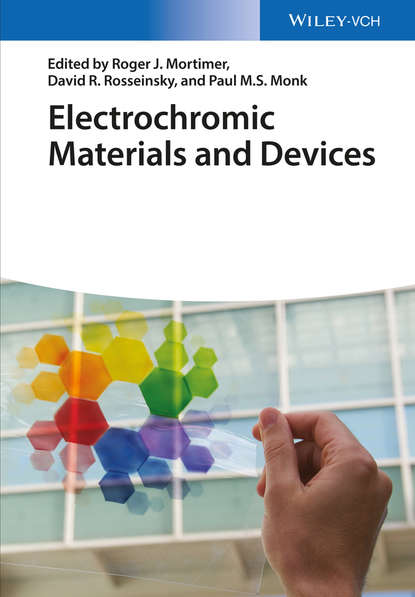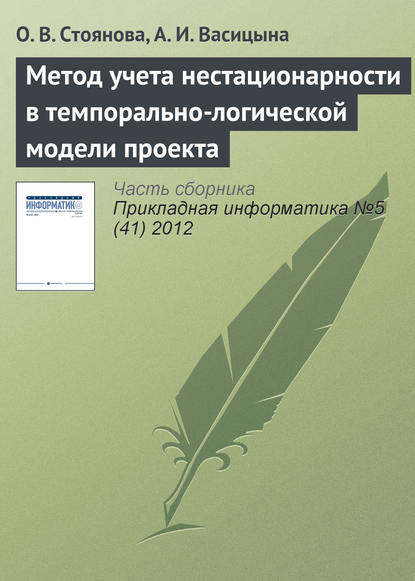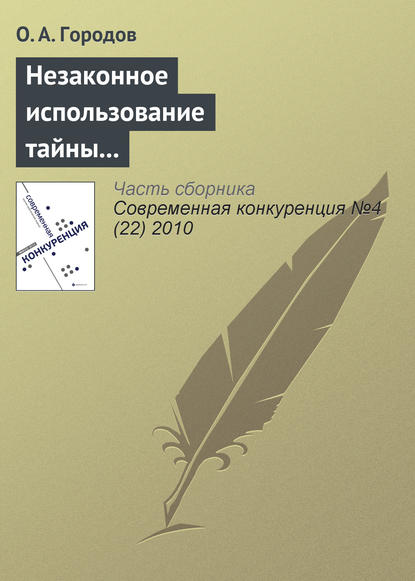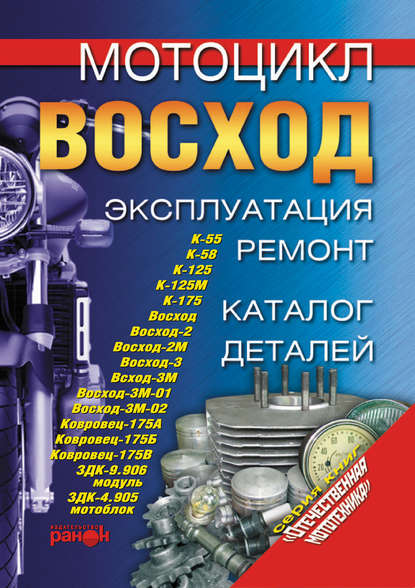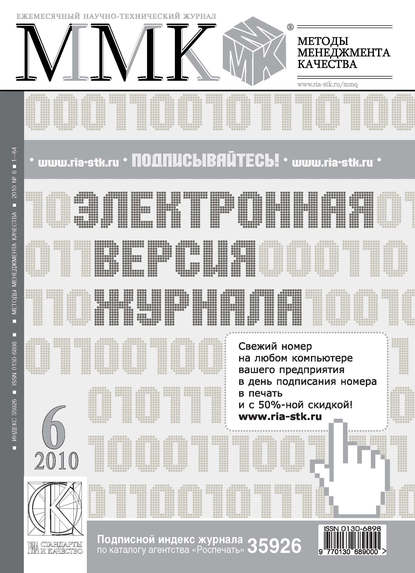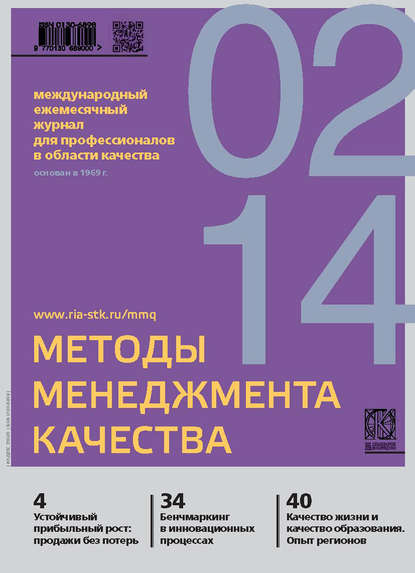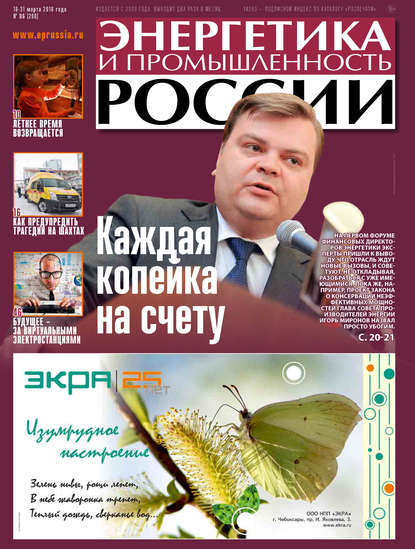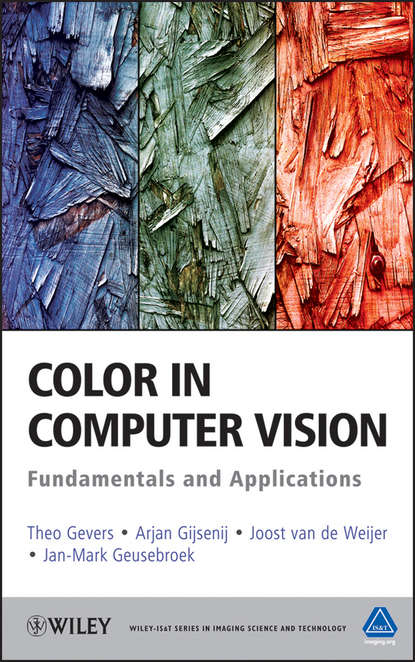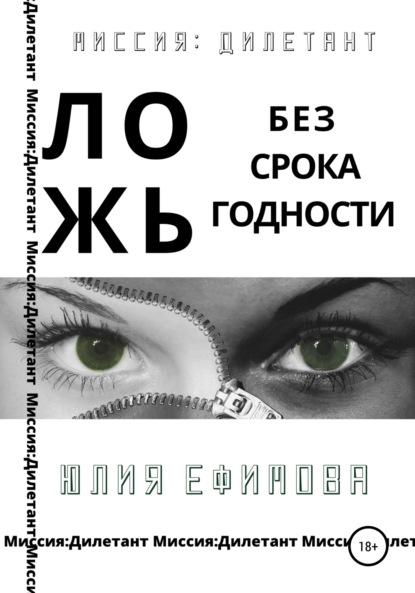Книга "Электрохромные материалы и устройства" описывает свойства материалов, которые могут изменять свои характеристики под воздействием электрического напряжения или тока. Этот эффект проявляется в различных классах материалов, таких как оксиды переходных металлов, конъюгированные полимеры, координированные комплексы металлов и органические молекулы. Изменение цвета сохраняется, поэтому электрическое поле нужно применять только для инициирования переключения, что позволяет использовать эти материалы в приложениях, таких как дисплеи с низким энергопотреблением, зеркала с адаптивной подстройкой света в автомобильной промышленности и умные окна, которые позволяют контролировать количество проходящего света и тепла. Первая часть книги описывает различные классы и методы обработки электрохромных материалов. Вторая часть посвящена наноструктурированным электрохромным материалам и изготовлению устройств, а третья часть - применению этих материалов, такому как умные окна, адаптивная камуфляжная одежда, биомимикрия, носимые дисплеи и мода. Последняя часть книги представляет примеры использования устройств и проблемы экологического воздействия.
Electrochromics can alter their electrical properties upon applications of a voltage. Different types of materials exhibit these behaviors, including transition metal oxides and conjugated polymers. The color change tends to be permanent, leading to efficient switching. Consequently, a multitude of devices have been realized, such as energy-efficient displays, adaptive glass mirrors in cars, and smart window systems. This book consists of three parts to discuss the research regarding electrochromism, electrochromically-enhanced nanostructures, and their corresponding applications, from apparel to energy-reducing development.
Электронная Книга «Electrochromic Materials and Devices» написана автором Группа авторов в году.
Минимальный возраст читателя: 0
Язык: Английский
ISBN: 9783527679881
Описание книги от Группа авторов
Electrochromic materials can change their properties under the influence of an electrical voltage or current. Different classes of materials show this behavior such as transition metal oxides, conjugated polymers, metal-coordinated complexes and organic molecules. As the color change is persistent, the electric field needs only to be applied to initiate the switching, allowing for applications such as low-energy consumption displays, light-adapting mirrors in the automobile industry and smart windows for which the amount of transmitted light and heat can be controlled. The first part of this book describes the different classes and processing techniques of electrochromic materials. The second part highlights nanostructured electrochromic materials and device fabrication, and the third part focuses on the applications such as smart windows, adaptive camouflage, biomimicry, wearable displays and fashion. The last part rounds off the book by device case studies and environmental impact issues.
